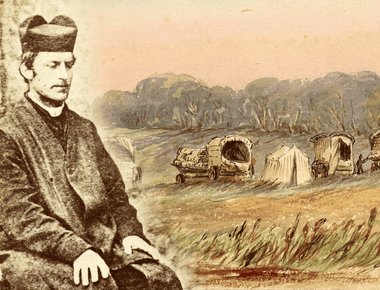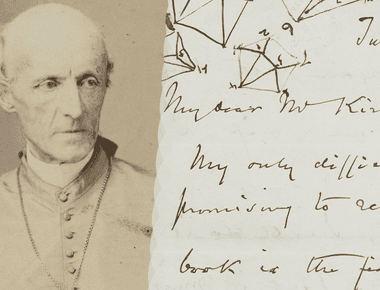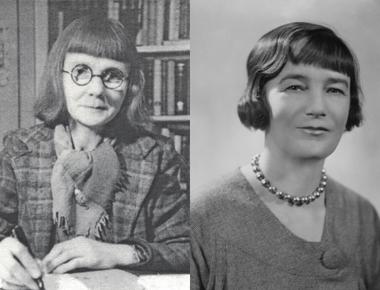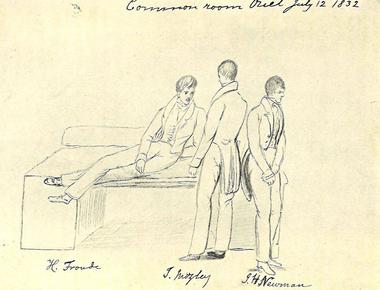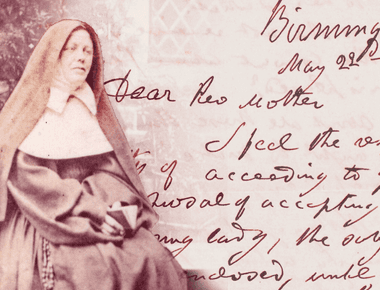
The Sisters of Mercy are probably one of the best-known female Catholic congregations, having even entered popular culture; so much so that in 1971 musician and singer Leonard Cohen used their name as a title for one of his songs. Later in 1980 a newly formed rock band also took the name, having been influenced by Cohen’s song. However conflicted anybody might feel about the use of the name in these contexts, it demonstrates the indelible impression that the congregation has made on society in general, in a way that few others have.


